How did you get involved with cooking?
I never attended culinary school. Instead, I was trained as a diplomat. My parents kept pushing me since early age and have invested a lot in my education. They always believed in me, that I was going to become “someone”. So I studied international relations. But then I fell in love with Valter, my husband, restaurant manager & head sommelier today. Valter’s parents had a restaurant, Hiša Franko, he was working in service there and that’s where we met. We travelled a lot, went to restaurants, winemakers, explored the world. This type of life and exploration appealed to me a lot. Discovering new countries, new places, I realized that living by the rules can feel very restrictive. It’s freedom that defines you.
The crucial moment came when Valter’s father decided to retire and it was obvious that Valter was going to take over Hiša Franko. So I decided to risk all and work as a chef there.
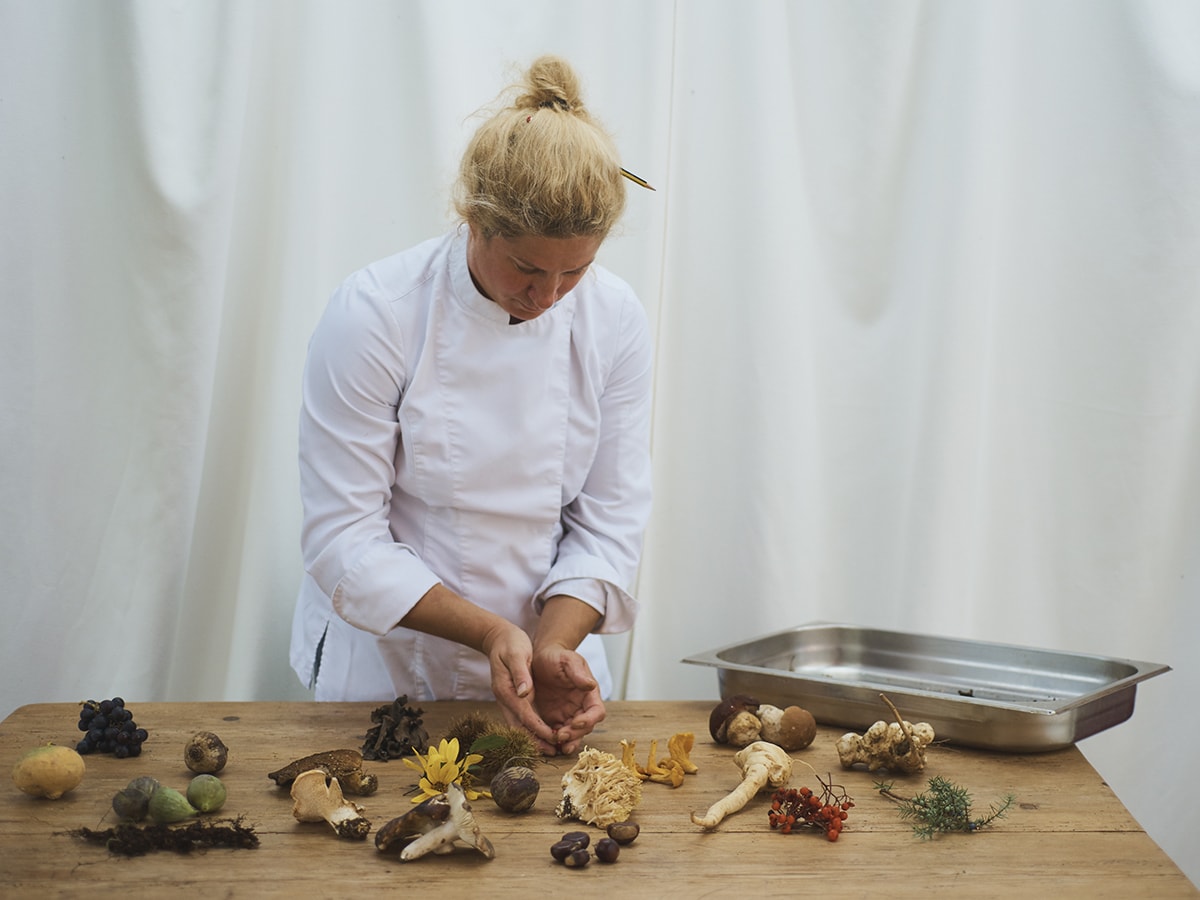
Any restaurant that impressed you at early age?
Yes! Valter and I went to La Subida one day, just across the border from Slovenia in Italy. The cuisine there really inspired and opened my eyes.
What inspires you?
The freedom that I am working in an environment – locally, at home, and internationally, with colleague chefs – that allows me to be creative
How do you balance being a chef and having a family?
It’s challenging but in which working environment is it not challenging today? The fact that Hiša Franko is our home helps, as our children are here with us at all times, sometimes also with me in the kitchen. Our parents live quite close, so logistically it is also easier with everything.
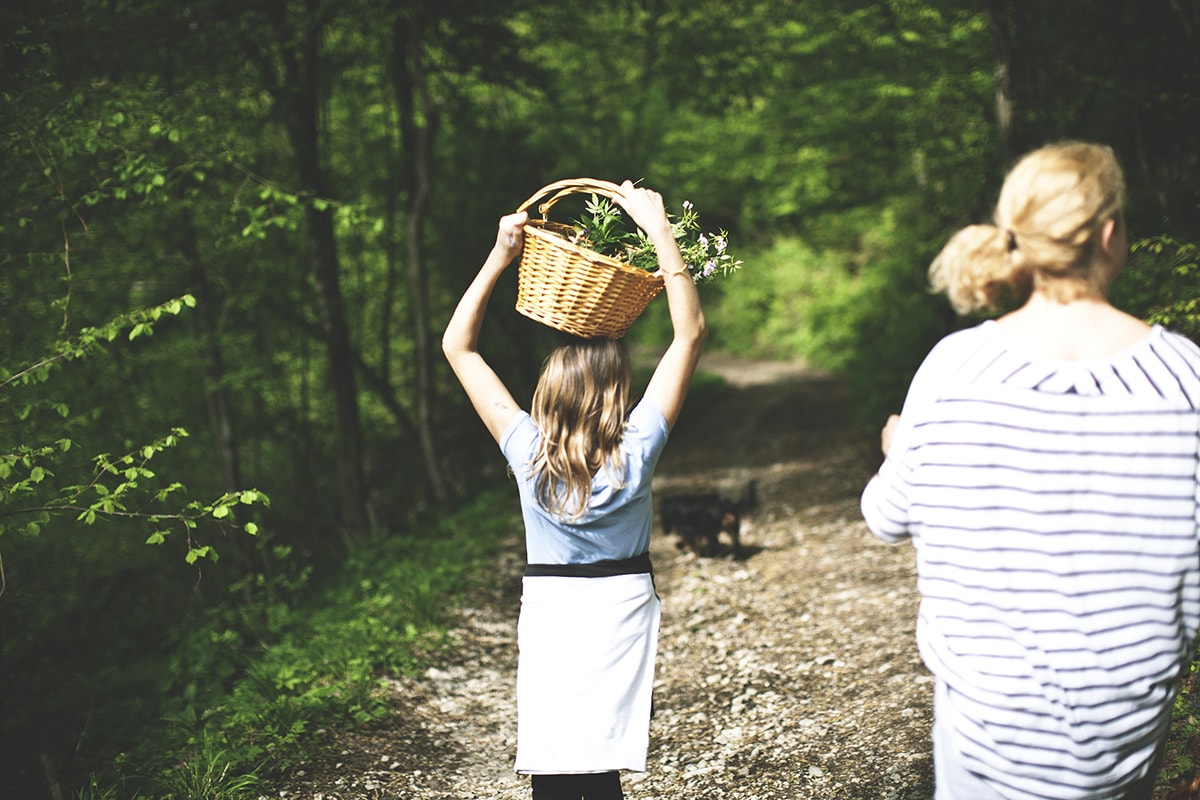
What’s your philosophy and how would you describe the food at Hiša Franko?
The main idea is to keep the tradition alive at Hiša Franko. Our dishes are closely connected to Slovenian terroir and what our ancestors used to make. Being aware of these two things – and continuously exploring them-is the basis that I create from and use modern techniques in that process. I am supported by beautiful nature that surrounds me and people that take care of it. There are young foragers, cheese makers at 2000 m altitude, winemakers and river & sea fishermen that are my local community. They produce things organically, as the nature is very much unspoiled and just pure beautiful.
I am blessed for having small farmers around me that think in the same way as I do. We are a community that supports each other and spreads the philosophy to other parts of the country, too. The food at Hiša Franko is everything but – boring. You can love it or hate it, but it will never be boring. I try to explore the edges and move boundaries by using local ingredients.
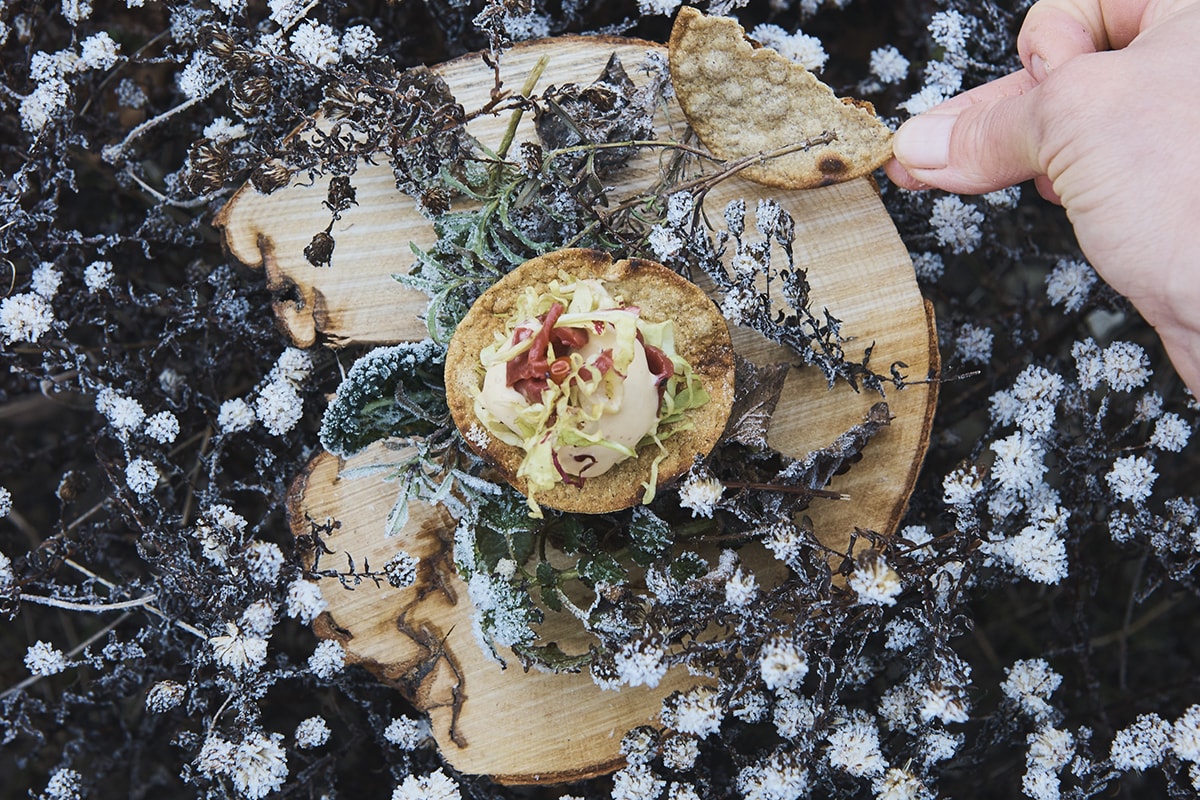
Why is Hiša Franko different from other restaurants?
Hiša Franko is home for our children, Valter and myself. It is a labor of love for Valter and me. We live and work here 24 hours a day, together with guests that come and stay with us and eat in the restaurant. This means that there has to be a lot of heart and love in all we do. There is a special vibe to the place, a kind of a homey feel, very personal space. I am very attached to my family; I think guests can feel that at Hiša Franko.
Also because we are quite remote from any big cities. Venice is an hour and a half away, Ljubljana (Slovenia’s capital) two hours. We are in the middle of the countryside with no big developments or people around. And the nature around us is just amazing – it’s a rare thing today to have a working fine dining restaurant in such a location.
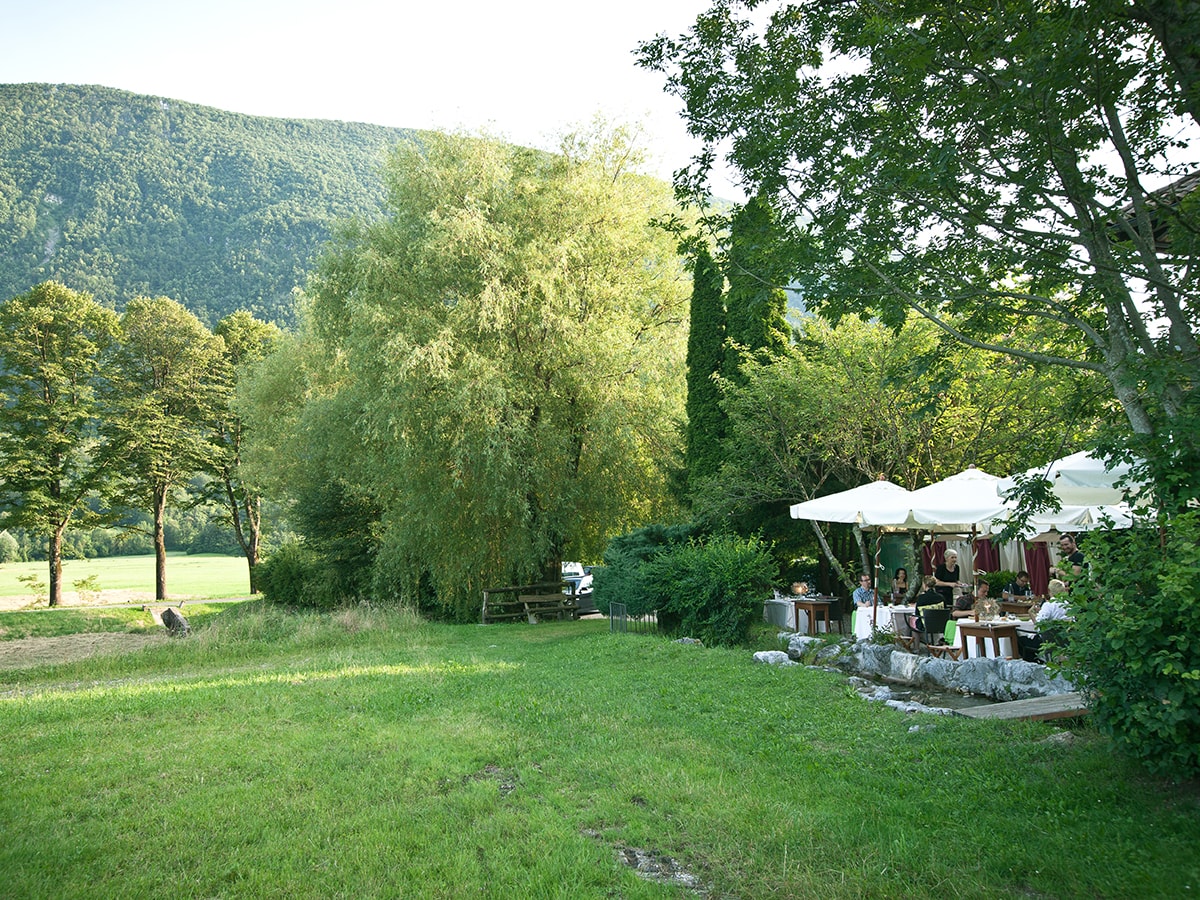
How do you incorporate local ingredients into your dishes? Are there any unique and rare ingredients that you use; could you tell us how you source them?
Hisa Franko’s story is all about building a chain of strictly local producers. The house is so far away from major suppliers that we needed to find produce around us to be able to cook. Not just that we need to – we want to. It was a process that took us a decade to put together and it is still developing. It guarantees us the freshest possible produce, which, at the same time, is super local and original. We brought back to life a lot of forgotten ingredients, which make the dining experience in Hiša Franko unique.
Why do you think people should visit Slovenia?
It is an amazing country, very green, quite unspoiled. It is very bio diverse. There aren’t big developments. Ljubljana, the capital – is quite small and charming, but with lots of life and soul. It’s very pure and clean. Slovenia is bio diverse – from high Alps, some of the most beautiful in Europe, where one can ski or hike beautifully, all the way to the Adriatic Sea. There are loads of things to do in nature around Hiša Franko – visiting the turquoise green Soča river, climbing the Triglav mountains etc. There’s whole lot of culture – arts, music and gastronomy.
In terms of food, I would suggest to mostly eat in gostilna’s, Slovenia’s version of Italian osteria, where food can be traditional, sometimes with a surprising twist. I would suggest to people coming here to visit the country’s organic food producers and winemakers. I think they would be surprised with what they might find.
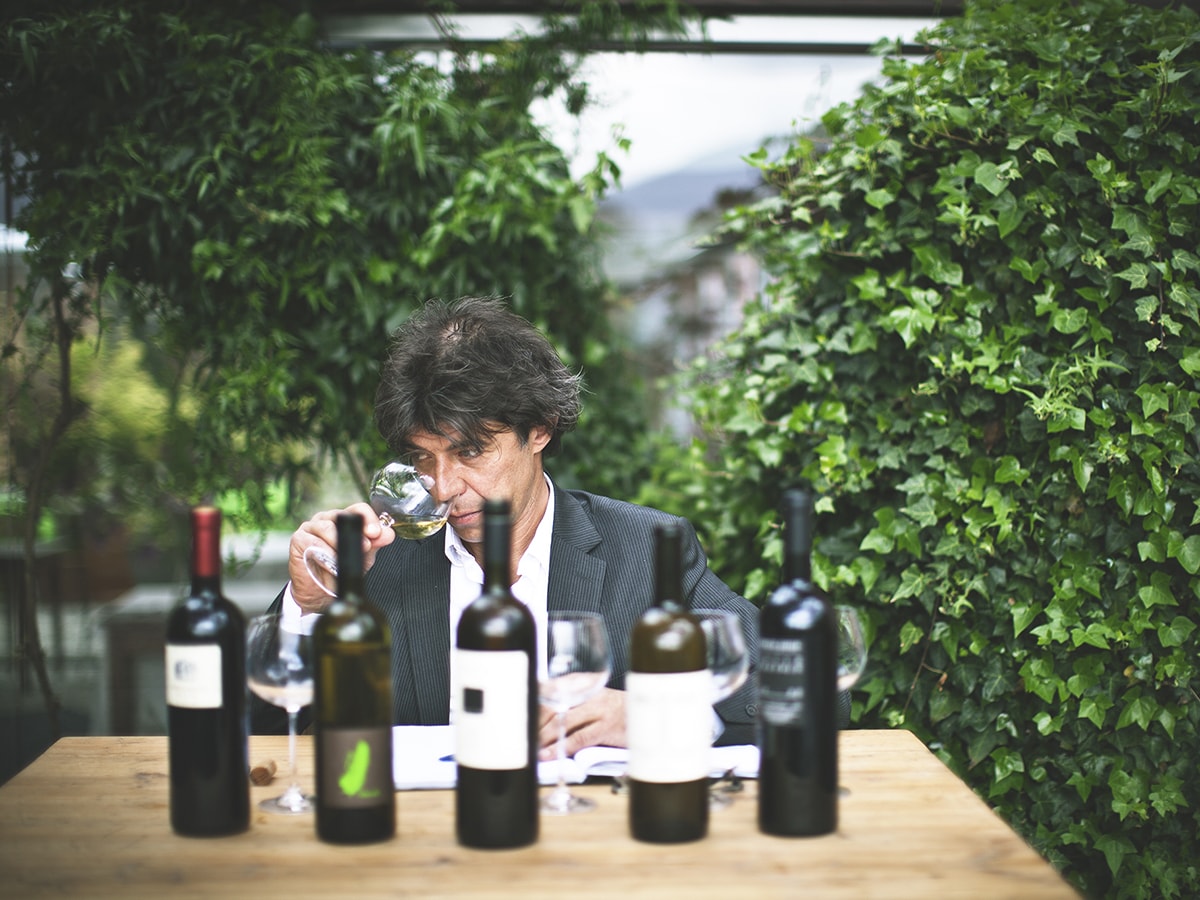
What’s the biggest misconception about the culinary scene in Slovenia?
Placing Slovenia in Eastern Europe only. We belong to Central Europe but also to the East and to the South. It is one of those windy countries of the world that has a specific food identity – it is a tiny country with two million people that is a neighboring the big food traditions: Italy in the West, Austria and the Germanic culture in the North, Balkans in the South.
What’s your advice to up-and-coming or aspiring chefs?
Have courage and question what you do. Learn from talking to people. Never fall asleep. Travel. There is a world out there to discover and all (food) visions you encounter while travelling, even only around the corner, make you think in a different way and make you a different, better person (and chef).
In which direction do you personally keep developing?
In the direction in which, one day, my hands can fully follow my head.
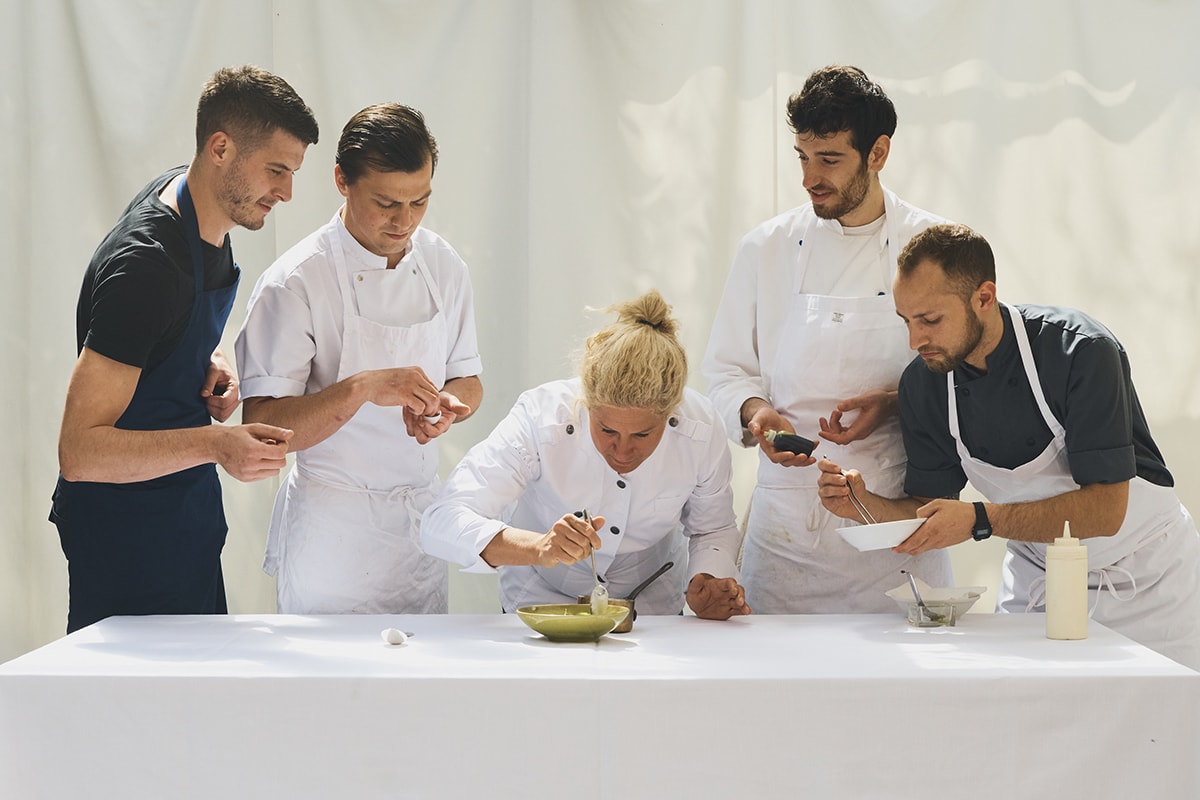
What’s next that we can expect from you?
I am an ambitious person, I always find another motive, goal to reach. I live in a pretty unknown part of the world and there is so much to be done, also in terms of gastronomy. Hiša Franko is trying to develop a unique way of how the countryside restaurant should look like. There is no Michelin guide in our country, which gives us a slightly bigger freedom of expression. The results are fascinating, but it is still work in progress.
I am constantly exploring new ways of integrating Slovenia’s terroir into my cuisine. That’s how I communicate with the world. And I also feel this is how my country communicates with the world. That’s what this job’s about!
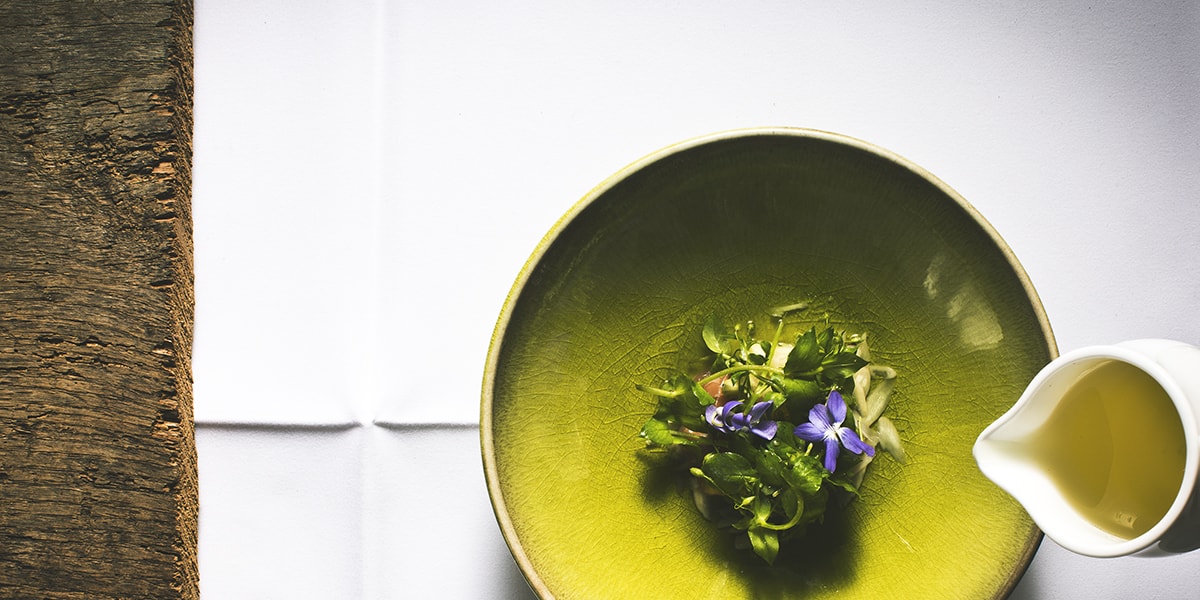
Photo: Suzan Gabrijan, Benjamin Schmuck
